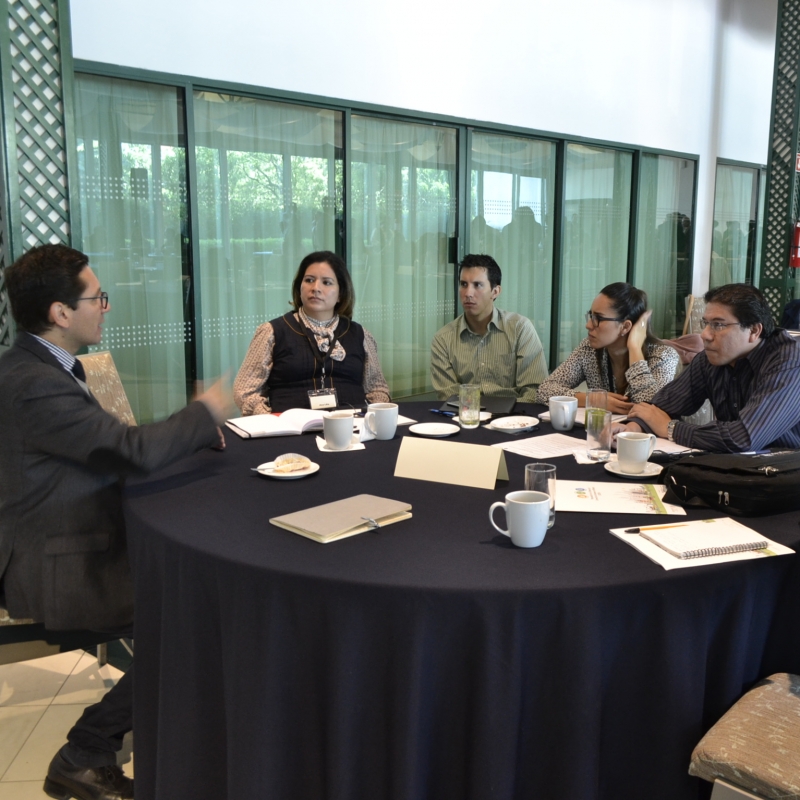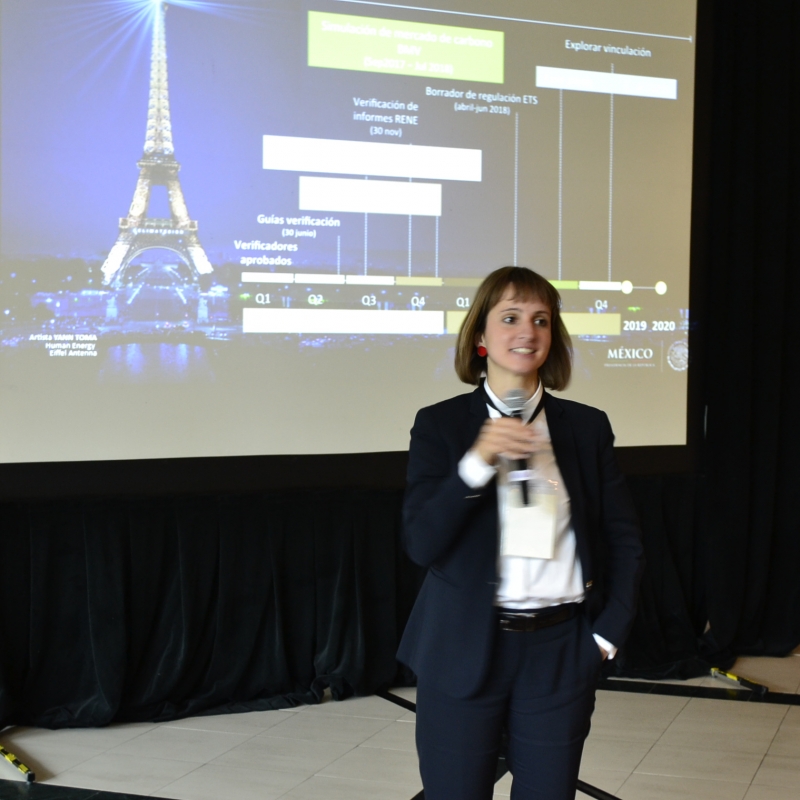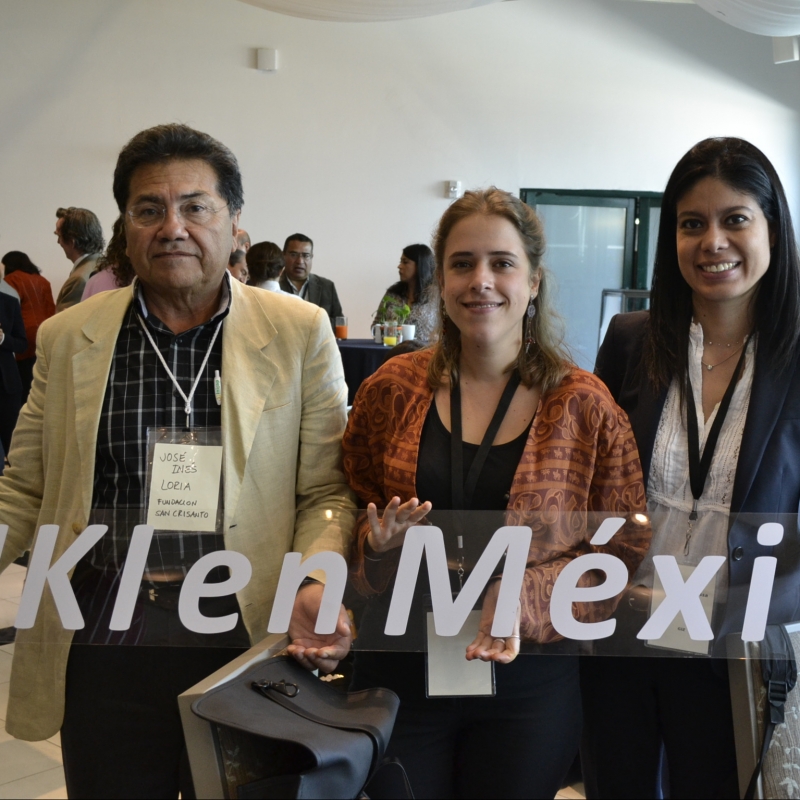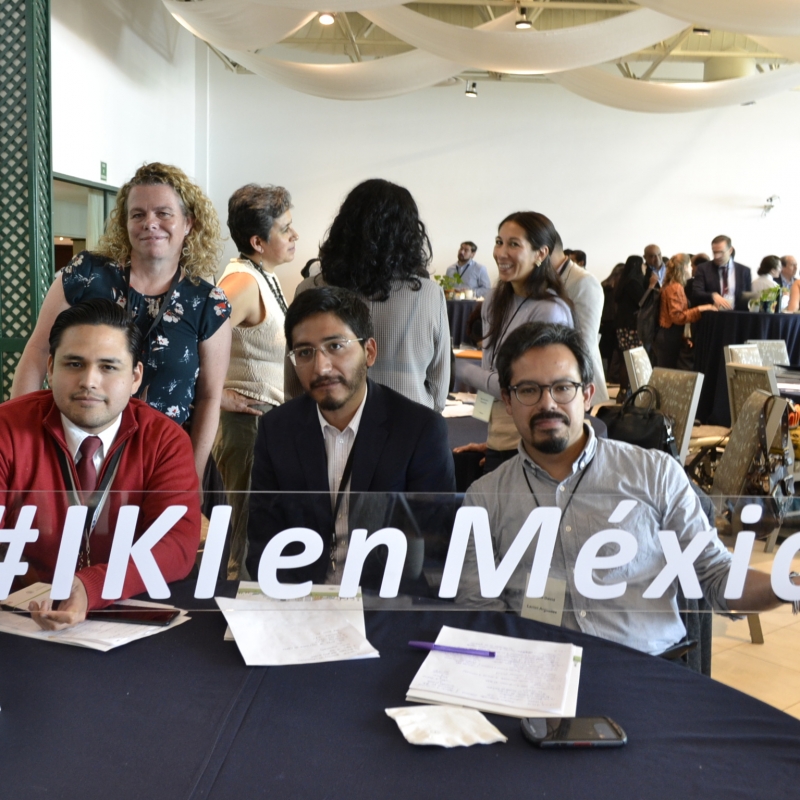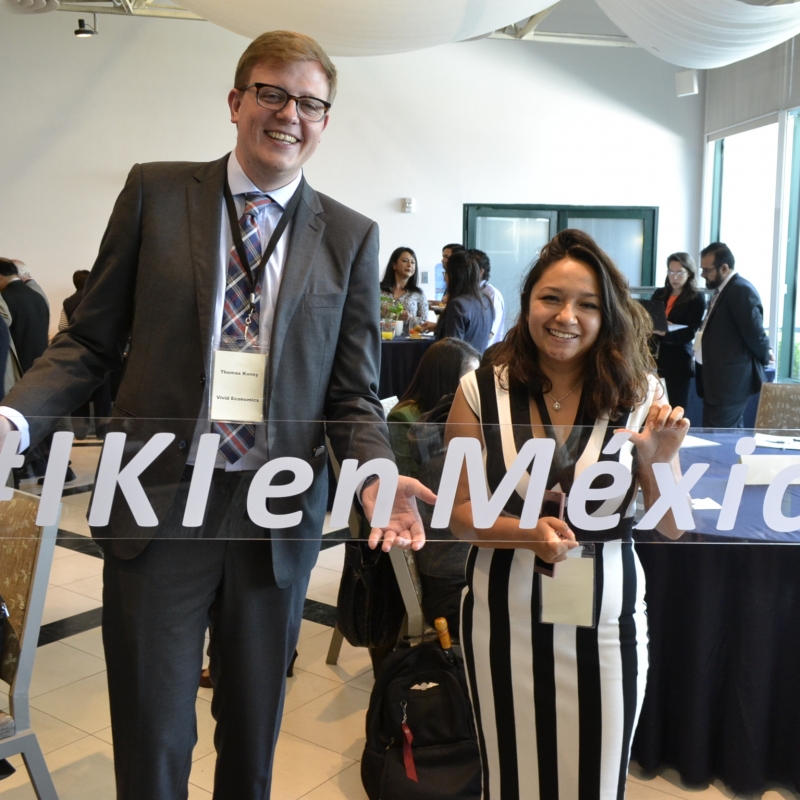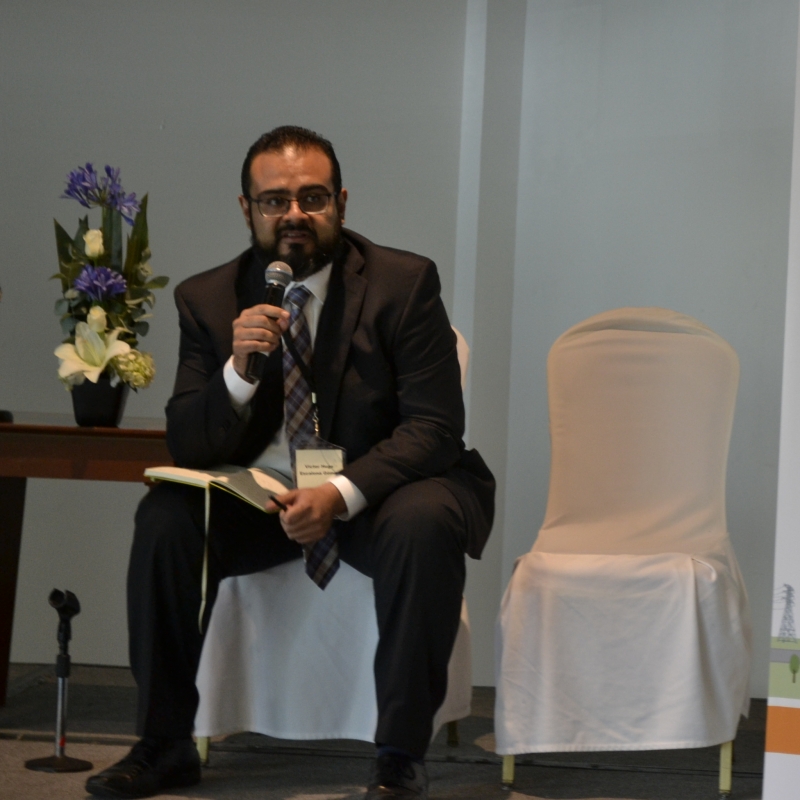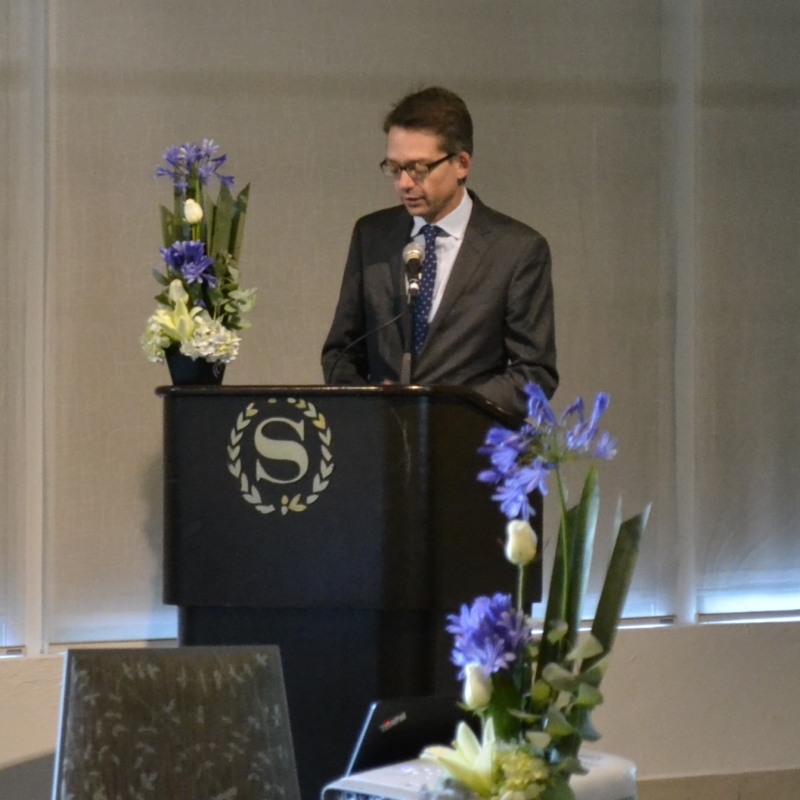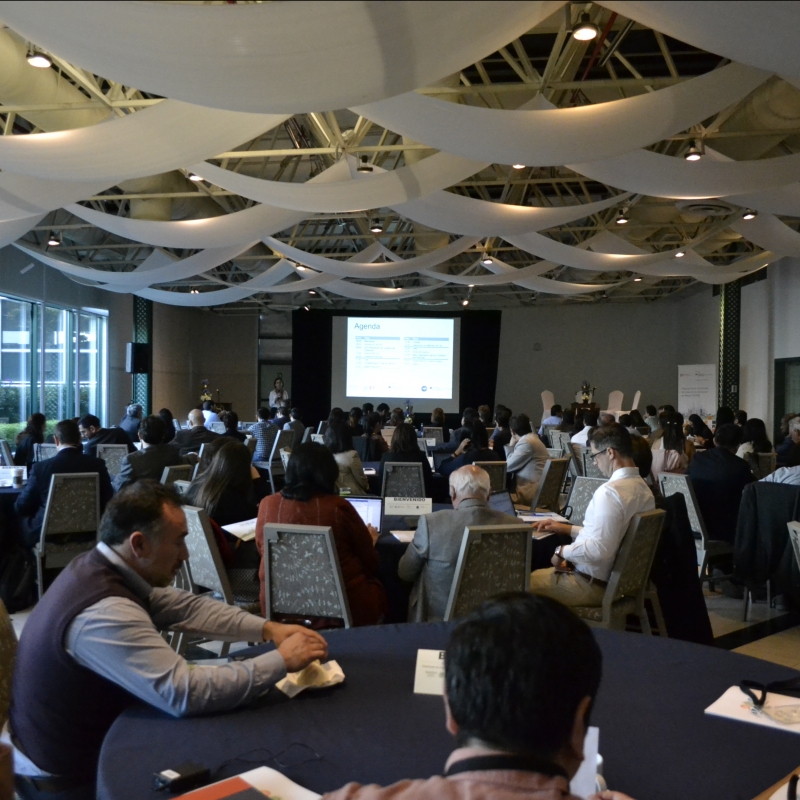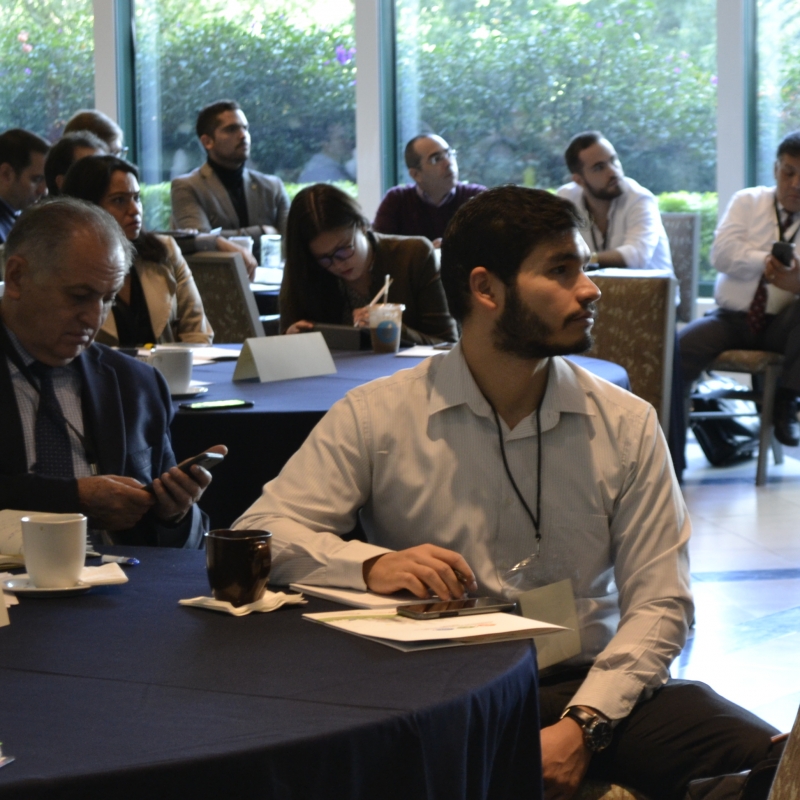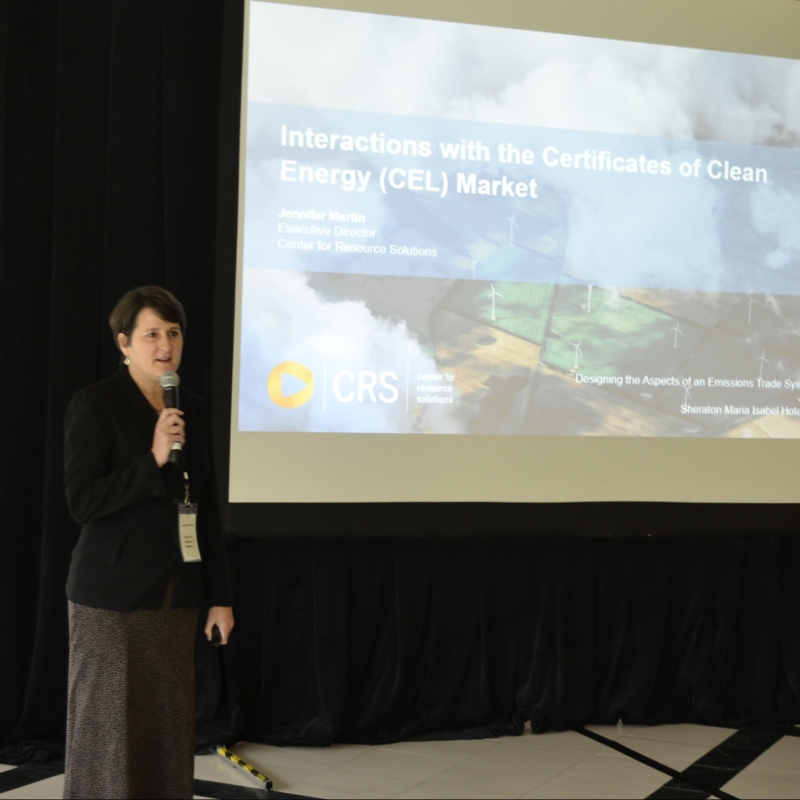The Seminar “Designing the Technical Aspects of the Emissions Trading System in Mexico” was held with the aim of presenting and discussing the results of the technical studies that have contributed to the definition of the core elements of the ETS in the country.
As established in the recent amendments to the Mexican General Climate Change Law, SEMARNAT was given the mandate to gradually establish an Emissions Trading System (ETS). In compliance with the amendment proposal and its approval by the Congress, Mexico announced the conceptualization of a pilot phase for the Emissions Trading System in the first half of 2018. This trial phase will last for 36 months.
An ETS is a recognized cost-effective instrument to boost GHG mitigation and achieve countries’ climate goals. In the case of Mexico, what studies have been developed and are underway to support the decision-making process? Based on these analyses, what results might be reflected in the preliminary bases of the ETS?
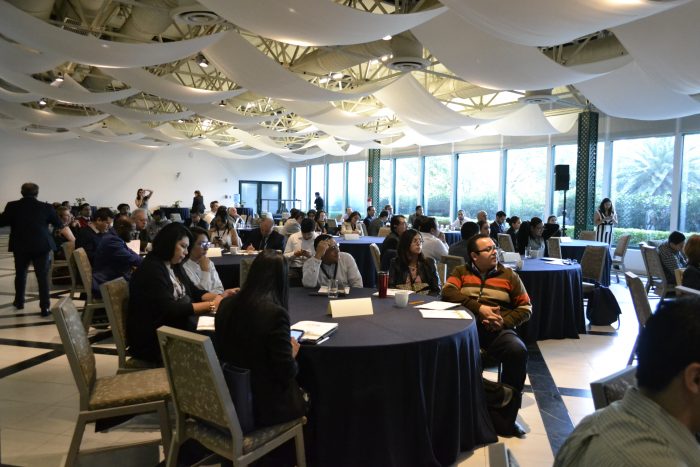
Consolidation of results
The Seminar “Designing the Technical Aspects of the Emissions Trading System in Mexico” contributed to the transparency of the design process of an ETS in the country. Its main objective was to present and discuss the results of the studies behind the definition of the main technical elements of the ETS, covering the following issues: the emissions limit of the system (cap); the measurement of competitiveness in the Mexican industry and the risk of carbon leakage (change of national production to locations with lower restrictions or without a carbon price); considerations for allocation rules and the relationship of the ETS with other instruments such as the Clean Energy Certificates. Relevant aspects on the regulatory framework for an ETS in Mexico were also presented. SEMARNAT closed the event with a timeline view of the subsequent steps.
The above-mentioned topics were presented by international experts from Oeko Institut, Vivid Economics and Center for Resource Solutions (CRS), and the local legal firm Vo.Bo. Environmental Policy Advisors S.C. All of them replied to participants´inquiries during a panel of experts and the question and answer sessions.
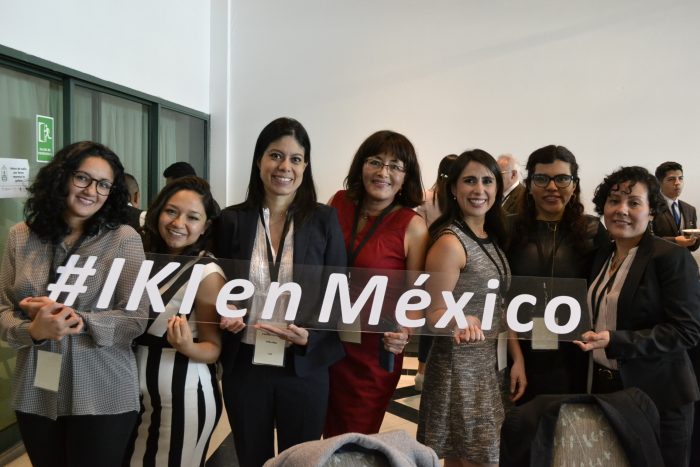
It was mentioned that an absolute cap, estimated on historical emissions as reported to the National Emissions Registry (RENE), would be suitable for the Mexican ETS. Regarding the issue of competitiveness, it was suggested to start with free allocation for the pilot phase and to monitor the carbon leakage risk in the covered sectors. Currently there is no carbon leakage evidence in other jurisdictions with an ETS in place. The consultants presented advantages and disadvantages of different allocation methods and recommended, in order to avoid double counting, the coexistence and independence of the ETS and CEL systems. The results of all these studies, as well as the 2017 study “Achieving Mexican Mitigation Targets: Options for an Effective Carbon Pricing Policy Mix” on the interaction of the carbon tax with other market instruments, are available for regulated sectors and will be fundamental to SEMARNAT’s decision-making process in the next months. The Ministry expects to have the regulation (preliminary bases for the pilot phase) ready by the end of June 2018, to begin its official publication process.
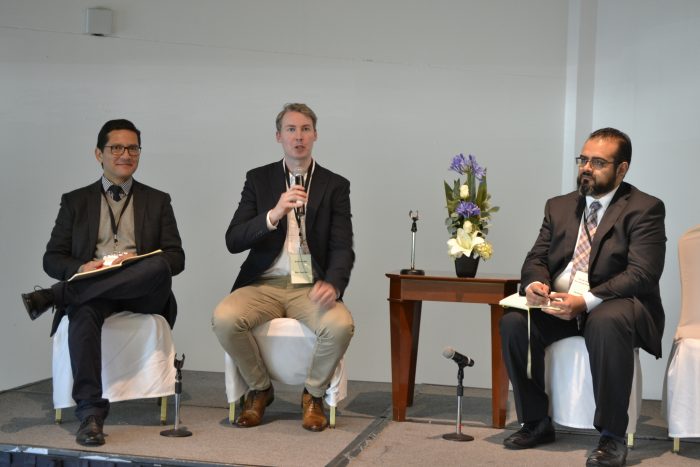
The event was held on June 22 at the Hotel Sheraton María Isabel. It was organized by the Ministry of Environment and Natural Resources (SEMARNAT), in the framework of the GIZ project “Preparation of an Emissions Trading System in Mexico (SiCEM)”, commissioned by the Ministry of the Environment of Germany (BMU). It was attended by around 140 public, private, academia and civil society stakeholders. All the studies will be published in the GIZ blog during the next months.
For more information, please contact us at: Comercio.Emisiones-MX[AT]giz.de

